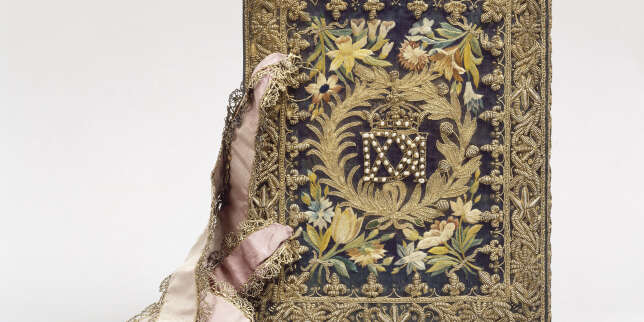La libertad
2016 - Film & Video (Film & Video)
Laura Huertas Millán
La libertad is a “greca” film, a meander film, with no beginning nor end, weaving together fragments of daily life at the Navarro´s, counting threads and time, wondering and wandering around words as emancipation, labor, and freedom (la libertad), the word that most appeared in our conversations. The “greca”, the meander, is the main symbol weaved in the textiles made by the Navarro sisters, from Santo Tomás Jalieza, México. A geometrical form of an endless braid of diamonds, the “greca” represents corn, an entity worshiped by the pre-hispanic civilisations of Mesoamerica. La greca stands for sustenance, but materialises as well the feminine power of producing abundance and fertility – the textiles displaying this ongoing motives could be read as invocations for life and growth. In the Navarro’s textiles, animals, objects and spaces are represented. Their fabrics are made in the backstrap loom, a prehispanic technique preserved by indigenous women for centuries. Through textiles, women have built the archives of a parallel history of Mexico’s crosscultural relationships, “mestizaje”, colonialism and modernity. Echoing the politics and ethics represented in the objects they weave, the Navarro have built an ecological and familiar micro society, longing for independence.
Laura Huertas Millán was born in Bogota, Colombia, and has been living in France since 2001. Her films and expanded cinema works consider aesthetics and politics through a range of narratives and formats. In 2009 she started a series of works around the notion of exoticism, shot between European tropical gardens and the Colombian Amazon, inspired by the poignant documents tracing the human zoos in France at the turn of the 20th century, cultural anthropophagy (as expressed by Oswald de Andrade in 1928) and explorer´s journeys accounts in America. The films of this exoticism series built dialectics between ethnography and colonialism, proposing hybrid narratives with no hierarchy between genres as science-fiction, surrealism, fantasy and documentary. Since 2012, Huertas Millán has been engaged in a practise-based PhD film research on “ethnographic fictions”, developing this paradoxical and ambiguous idea in a new series.
Colors:
Related works sharing similar palette

© » KADIST
Gan Chin Lee
2019In Studies of Chinese New Villages II Gan Chin Lee’s realism appears in the format of a fieldwork notebook; capturing present-day surroundings while unpacking their historical memory...

© » KADIST
Adrien Missika
2013Adrien Missika follows in the footsteps of the Brazilian landscape architect and artist Roberto Burle Marx (1909-1994), a designer of gardens, parks and promenades who introduced modern landscape architecture to Brazil...

© » LE MONDE
« L’Art du livre », de Michel Melot et Anne Zali : la splendeur à l’ouvrage Offrir Le Monde Article réservé aux abonnés Reliure originale en soie violette brodée d’or, fleurs et ornements en soie, chiffre de Marie de Médicis et couronne en perles fines, dos long à semé de fleurs de lis dans un encadrement, ruban de gros de Tours parme, avec lisière en dentelle dorée...

© » KADIST
Humberto Diaz
2002The two works in the Kadist collection, Observador Pasivo and 3600 besos por hora by Diaz are culled from a vast compilation of videos and performances for the camera...

© » KADIST
George Kuchar
2009Burrito Bay is a video by George Kuchar that follows the format of a diary or travelogue centered on a tropical trip to Acapulco, Mexico...

© » ARTS EQUATOR
Orang Phebien: Telling the story of the Baweanese | ArtsEquator Thinking and Talking about Arts and Culture in Southeast Asia Articles Illustration: Hadi Osni August 5, 2020 Lesser known narratives involving migration in Singapore are in the spotlight with The Arts House’ latest edition of LumiNation ...

© » KADIST
Alexis Smith
1995In 8 Ball Surfboard (1995),Alexis Smith combines her long-term interests in California culture and conceptual assemblage...

© » KADIST
Colter Jacobsen
2007Victory at Sea is a simple mechanism made from cardboard and found materials that mimics the Phenakistoscope, an early cinematic apparatus...












